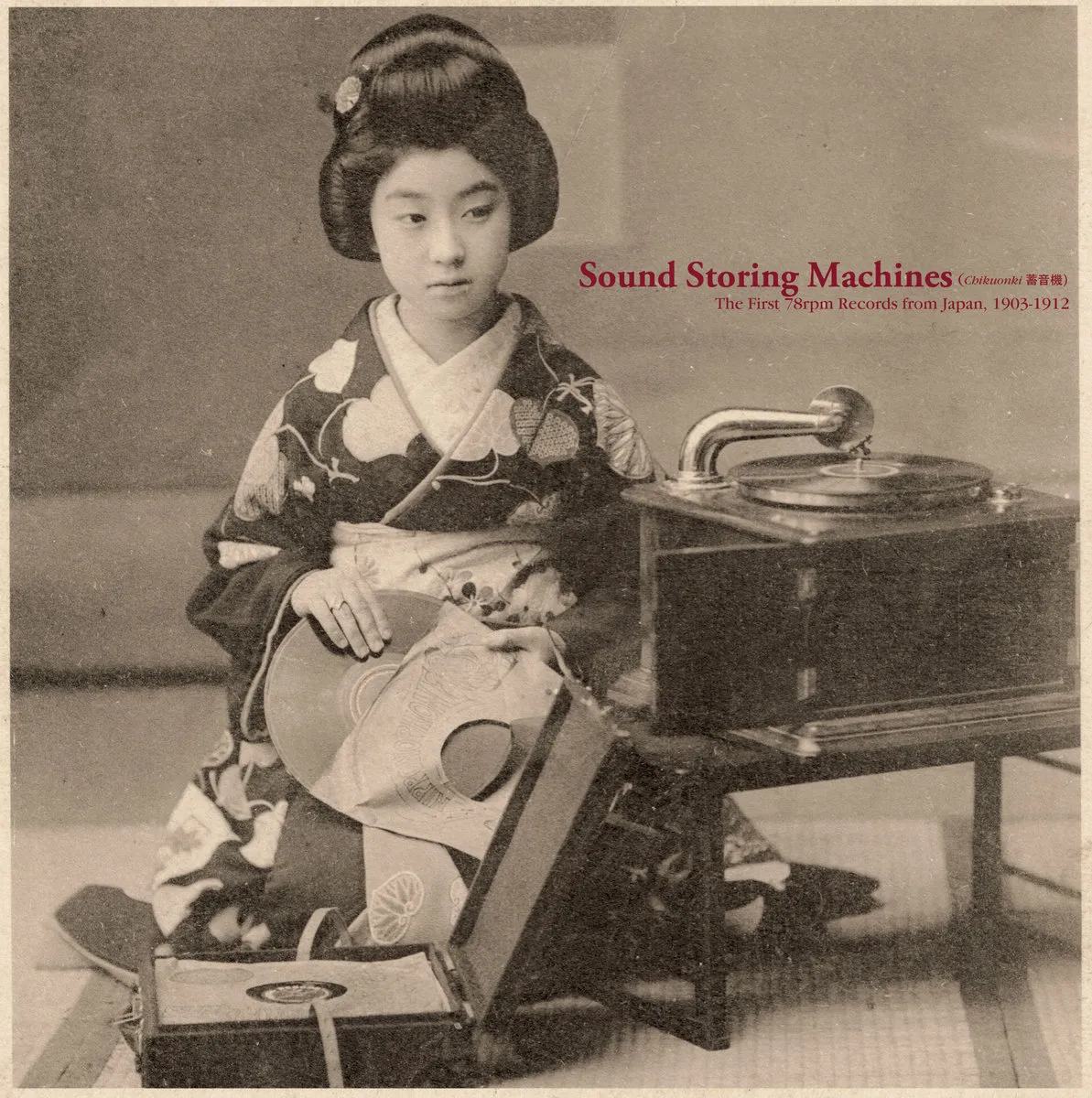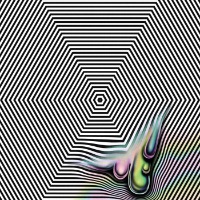- Album
Various
Sound Storing Machines: The First 78rpm Records From Japan, 1903-1912
Sublime Frequencies
- Cat No: SF115LP
- 2022-04-08
Track List
-
1. TōGI SUENAGA - Bairo
2:58 -
2. HEIKICHI TOYOSAWA - Senryou Nobori
2:55 -
3. KAMANOSUKE AZUMAYA - Chikumagawa
2:10 -
4. SUMAKO OF SHINBASHI - Kappore
2:07 -
5. UNKNOWN ARTIST - Hokai-Bushi Oiwake-Bushi
1:45 -
6. 上原真佐喜 /高橋清章 /福城可童 - Matsukaze (Wind In The Pines)
2:05 -
7. KOSAN YANAGIYA - Rakugo: Ukiy-Buro (Scene In A Public Bath)
2:00 -
8. TōGI SUENAGA - Taishikichou
3:13 -
9. KACHIGURI MIMASUYA - Shiokumi Kasatsukashi (Collecting Water)
2:02 -
10. UMEWAKA MANZABURô I /UMEWAKA ROKUROU OF THE KANZE NOH SCHOOL - Yokyoku (From The Noh Drama Kakitsubata)
2:42 -
11. HANADOU NOKIKEN - Sanjusangen-Do Kiyori
2:00 -
12. 吉原〆治 - Neko Ja
2:51 -
13. SUMITAYU TAKEMOTO - Horikawa Sarumawashi
2:36 -
14. 竹本春子太夫 - Sakaya No Dan (From Sankatsu Hanchichi)
3:08 -
15. 豊澤新左衛門 - Joruri Taiko-Ki Ju Danme
2:53
The first commercial recordings from Asia were made in Japan in 1903 by Fred Gaisberg, the legendary producer and recording engineer who traveled the world making recordings for the Gramophone Company (later His Masters Voice). The recording industry barely existed at this time. Man’s ability to record and reproduce sound had only existed since 1877 (with the invention of Edison’s cylinder phonograph) and flat disc records, what we all collect and obsess over today, had only come into being in the late 1890s.
It is a miracle what these fragile discs have survived: wars with Russia and China, the fire bombings (and worse) of World War II, modernization, the onslaught of Western media. They document, through a dreamlike haze of surface noise, a Japan that had just barely begun to open its doors to the rest of the world.
Including gagaku, shakuhachi, shamisen, storytelling, folksong and more. these recordings are a unique glimpse into an ancient culture and an important document of the beginnings of the recording industry. Simple and complex. Alien and familiar. Featuring important artists and those who only appeared to sing before the strange Western recording horn and then vanished.
Sound Storing Machines spans only 9 years of recording—-from 1903 and the first commercial recordings made by Fred Gaisberg to 1912, the beginning of Japan’s homegrown record industry, including a few sides taken from Japan’s notorious bootleg 78rpm industry.



